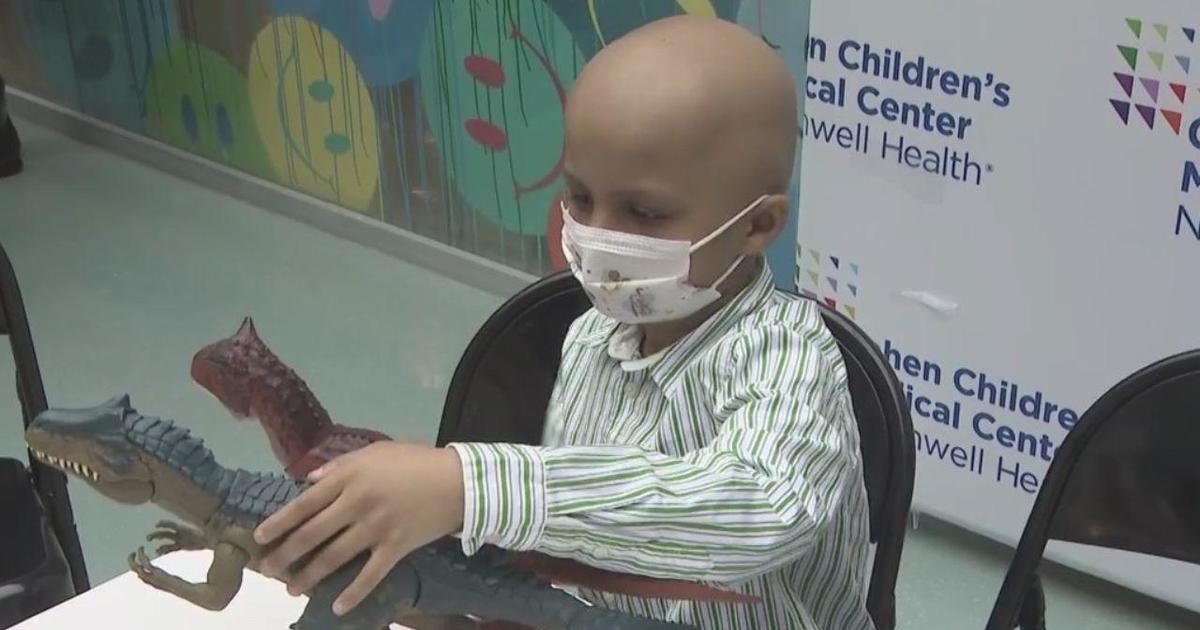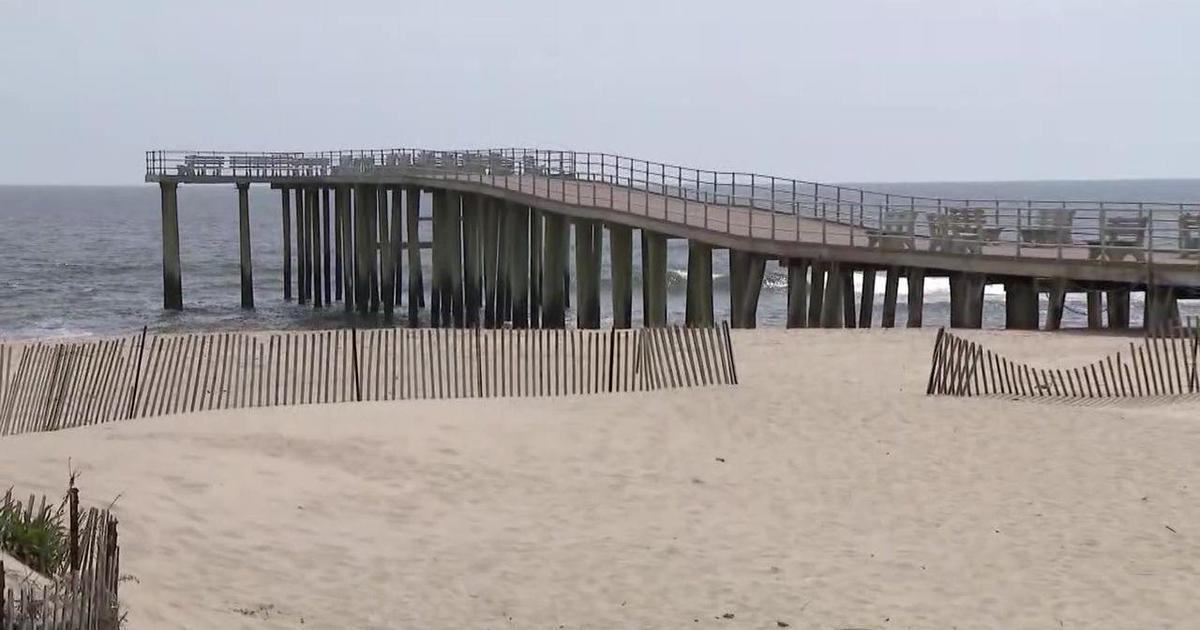Kids Who Grow Up Around Traffic: Less Functional Members Of Society?

Progress in technological advancements, easy and instant access to information and entertainment, and a host of other new and better items to make everyone's life more convenient on-demand: It's all good, right? Who really longs for the good old days anymore—the days when kids played stickball and kick-the-can and jump rope in the streets?
Over the years since most of adult Americans were born, something changed rather dramatically. The streets became an unfriendly place for children, so much so that parents increasingly opted to drive their kids to and from every possible destination.
This may be having a profound effect in how today's kids not only view their surrounding environment but also how they learn how to function in society.
Sound far-fetched? According to a recent article in The Atlantic Cities, kids who get driven everywhere have difficulty connecting with their neighbors and community. The article goes on to say that these children don't even know where they're going, citing work by Bruce Appleyard, the son of urbanist researcher Donald Appleyard, who's been looking into how children's constant exposure to traffic affects their perception and understanding of their "home territory."
Appleyard studied and worked with children in two suburban communities, one with light traffic and infrastructure conducive to the kids walking and biking to school on their own, and the other with heavy traffic where the kids traveled almost exclusively by car. Using a technique called cognitive mapping, Appleyard encouraged the children to draw maps of their neighborhoods, showing places like school and the houses of their friends, as well as marking places they liked or disliked.
Not surprisingly, the results of the study showed dramatic differences between the children's perspectives. In heavy traffic neighborhoods, the kids expressed feelings of dislike and danger, drawing little detail of their surroundings. In contrast, kids in light traffic neighborhoods drew rich detail, more places they liked, and fewer cars or signs of danger.
What's the take-away from this? Is there anything that can be done to change our high-traffic neighborhoods and encourage children to once again walk or bike to school? Appleyard points out that there are groups and programs committed to helping communities improve infrastructure and make streets and sidewalks safer for kids.
One such group is Safe Routes to School, which began research on children safely walking and bicycling to school in the early 1970s. The first modern safe routes to school program began in 1997 in the Bronx, New York.
In 2005, Congress passed federal legislation establishing a National Safe Routes to Schools program. The Federal Highway Administration administers the funds to states to use in infrastructure projects and non-infrastructure activities.
What programs such as Safe Routes to School can do is to help communities build sidewalks, pedestrian paths and pedestrian-friendly infrastructure, reduce speeds in school zones and neighborhoods, address distracted driving among drivers of all ages, and educate generations on pedestrian and bicycle safety.
With a goal of creating safer and more pedestrian-friendly streets and neighborhoods for our kids, parents and communities can help children begin to view their home turf, at least, as a much more kid-friendly environment. If the research is on point, this small but very important change may give them a boost in learning how to be more functional members of society.
___________________________________
This story originally appeared at The Car Connection.



